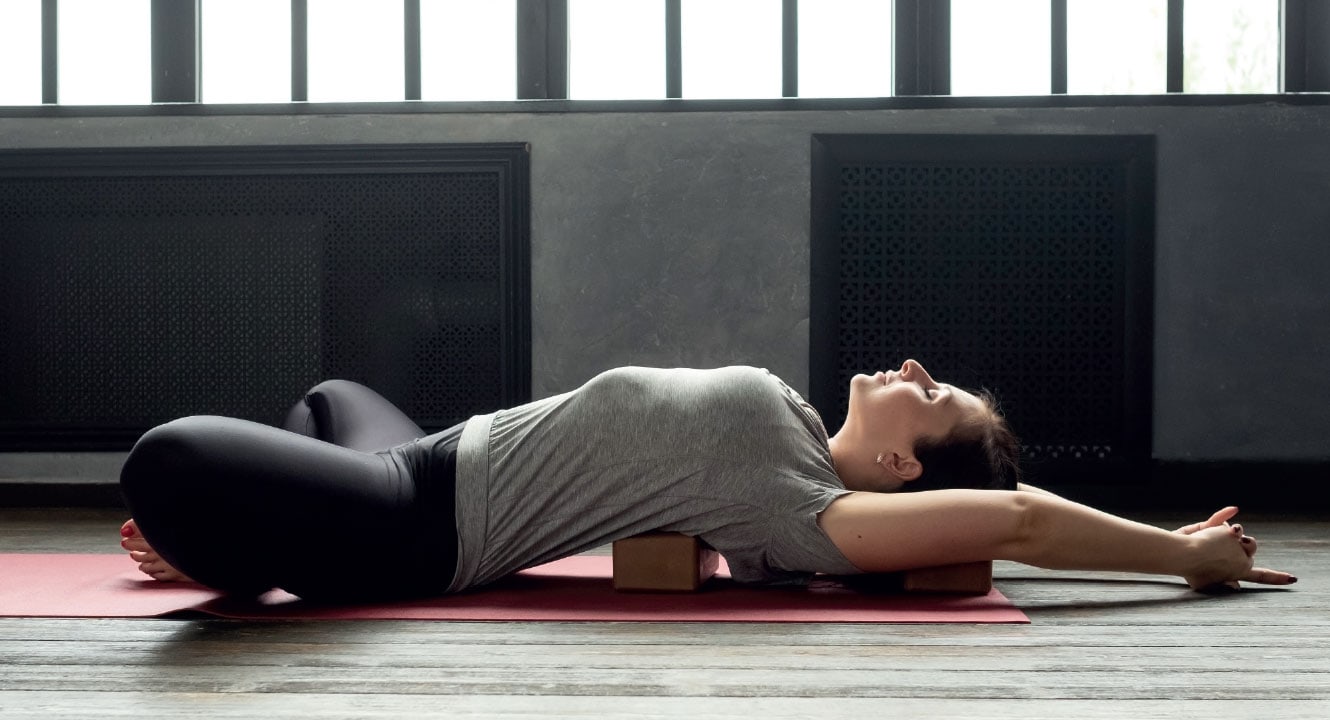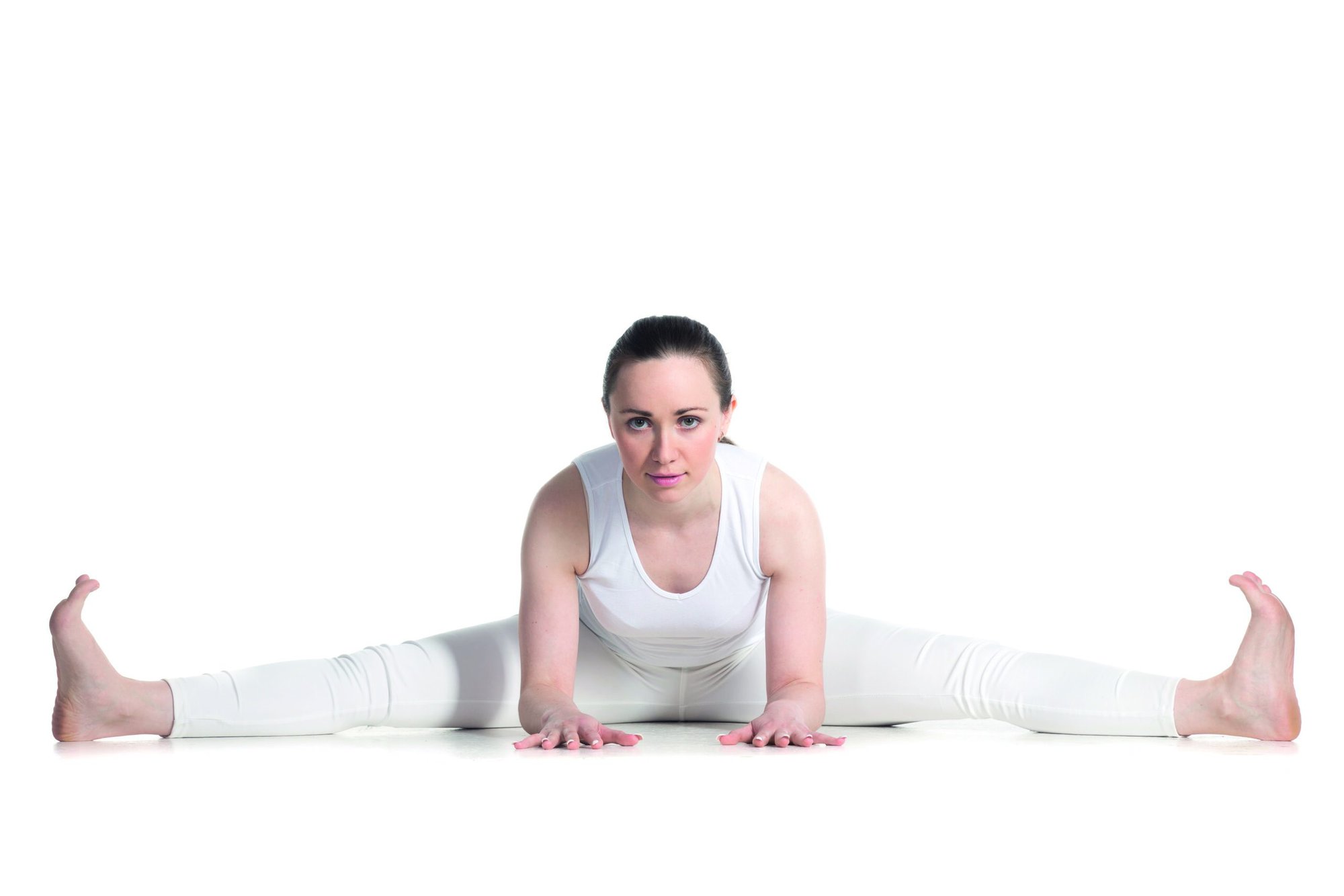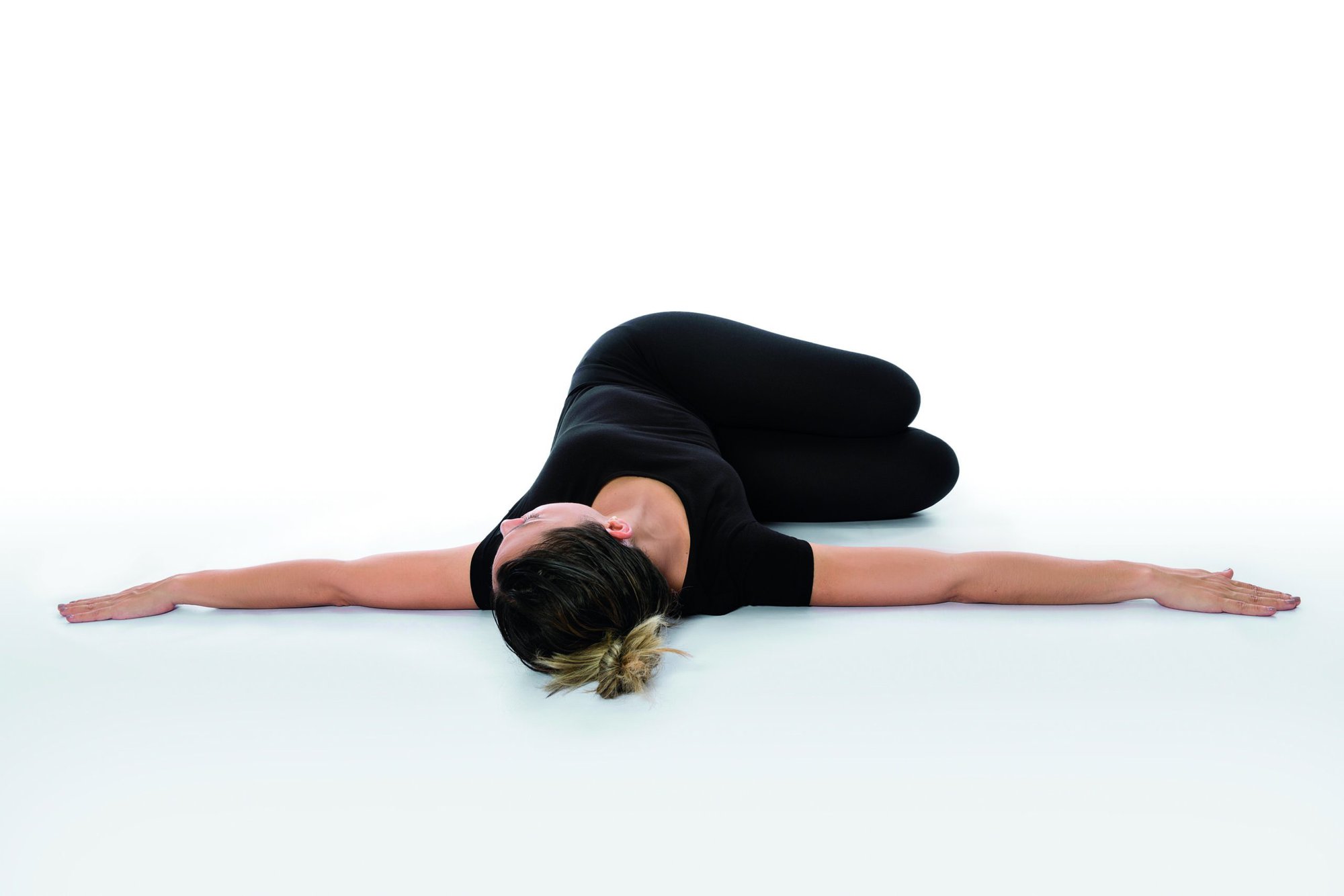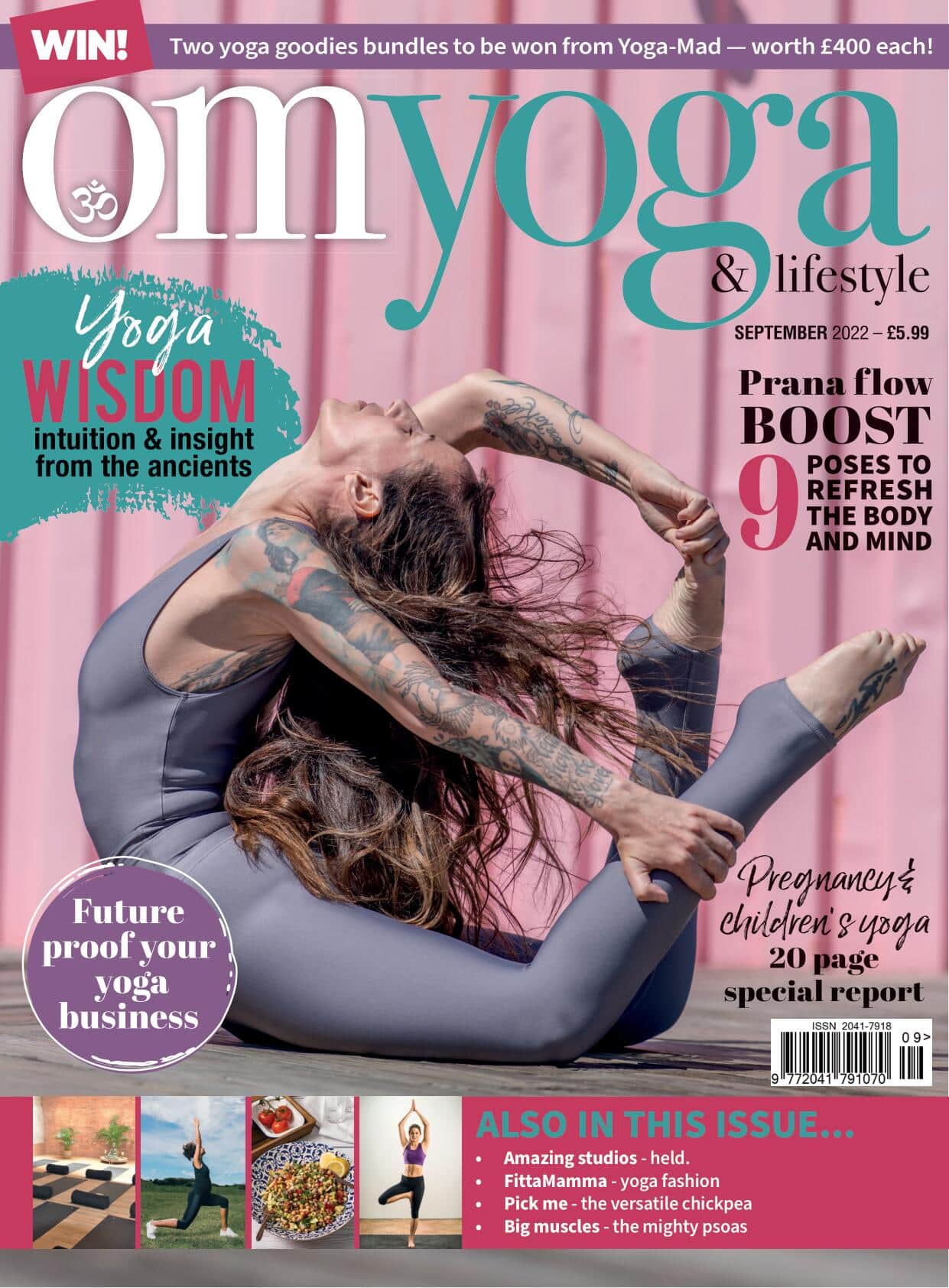
YIN YANG YOGA
Why Yin Yang yoga could be the perfect combination when time is tight. By Elle O’Connor
why you should swap one yang focused power yoga class to a yin yoga and sound class every once in a while
Yin Yang Yoga
In an ideal world we would be able to dedicate as much time to yoga that we feel we need. In reality, work and family commitments sometimes mean we have to snatch the window of opportunity for our practice when we can. Make the most of that time with a balanced Yin Yang Yoga practice mixing the dynamic and more restful elements of yoga.
Yin and yang are the Taoist concepts representing a balance of opposing but complementary and interconnected energy forces, or chi. Yin is grounded Earth energy, internal, passive and cooling, associated with the feminine. Yang is external, dynamic and warming, associated with action and movement. Yin-yang is always a comparative relationship, you can’t have one without the other.
If you have a busy and active life you may relate to feeling more in yang so incorporating some cooler, slower yin yoga poses into your routine may help you feel calmer and more balanced.
Yin Yang yoga is a combination of high-energy movement, much like vinyasa, which builds heat and energy promoting strength and stamina, followed by the more restorative practice of Yin to give us a deeper stretch and calm the nervous system.

Dragonfly forward bend
BENEFITS OF YANG
● Strengthens and tones the body.
● Improves flexibility and circulation.
● Increases stamina.
● Calms the mind by concentrating on synchronising movement with breath.
BENEFITS OF YIN
● Improves flexibility, mobility and circulation by working deeply on connective tissues releasing fascia in the joints.
● Stimulates the meridians (energy channels) bringing balance to the organs in the body.
● Reduces stress and anxiety by switching on the para- sympathetic nervous system.
● It leads nicely into the meditation portion of your practice.
If you are practicing for an hour, split the time in half. Warm up with sun salutations, continue into a dynamic flow and then move on to some strengthening standing postures such as a warrior sequence. After half an hour your heart will be pumping, muscles engaged and you are hopefully feeling energetic, but ready for a rest.
Then pick five Yin postures to hold for 3-5 minutes, or even longer if you are enjoying them! As ever with yoga, if you are a beginner or have health issues or concerns always attend a class with a trained practitioner first to guide you safely through the asanas and avoid injury.
Swap Yang for Yin

Spiritually, this pose opens up our heart chakra. Start on all fours then bring the arms forward and sink the chest resting on your chin or forehead. You can use props like a block to support your forehead or even a bolster or a couple of cushions under your torso for deeper rest.
Swan pose: Like pigeon pose, this one helps release tight hip joints. It may be quite intense so while a little discomfort is okay, pain is not, so be mindful of your own body and don’t push too far. According to yoga we hold emotions in our hips so it can feel cathartic to hold this one for a while. To set up, start on all fours and bring one knee towards the same wrist and the foot towards the opposite wrist, aiming for a 90 degree angle with the lower leg or as far as you can get to comfortably.
Let the other leg inch its way backwards until it’s somewhat straight and then fold the chest down, make a pillow with your hands and rest your forehead on top. If this is too much you can rest your head on a block and stay higher or there is also the option to support your hip or bum cheek with a block or pillow.
Reclining twist
Dragonfly forward bend: This is great at improving hip mobility and stretching the inner thighs and hamstrings. It also helps release tension in the lower back. Start sitting with legs as wide apart as you can and hingeing from the waist, bring your body forward as far as comfortable and relax the neck. If you can bring the chest down on a bolster or cushion, you can rest there. This is a tough one for some people so don’t worry if you are still fairly upright. You could sit on a folded blanket or cushion to give yourself some height or bend the legs a little supporting the knees with props.
Reclining butterfly: This stretches the inner thighs, groin and knees, improves circulation and can help calm anxiety. Start seated with the soles of the feet together and come to lying down with the arms along your sides or overhead. You can add a low block or a cushion to rest under your shoulder blades to open up your chest if comfortable.
Reclining twist: This gentle twist will help release tension in the spine and is great if you have stiffness in the shoulders or upper back. Lying on your back, raise your knees over your hips with lower legs parallel to the floor. Slowly let the knees fall to the floor on one side. Bring your arms out to the sides or in a cactus position. Try to keep both shoulders grounded and turn to look in the opposite direction. Option to straighten the lower leg, or the upper leg depending on what gives you a deep stretch.
As with every yoga practice, finish lying down in Savasana to allow the physical body to come back into alignment and the work you have done take effect. This is a good time for a few minutes of guided mediation or simple relaxation.
Elle O’Connor is a practicing yoga instructor, nutritional advisor, writer and avid reader. Visit: homyumyoga.wordpress.com.


